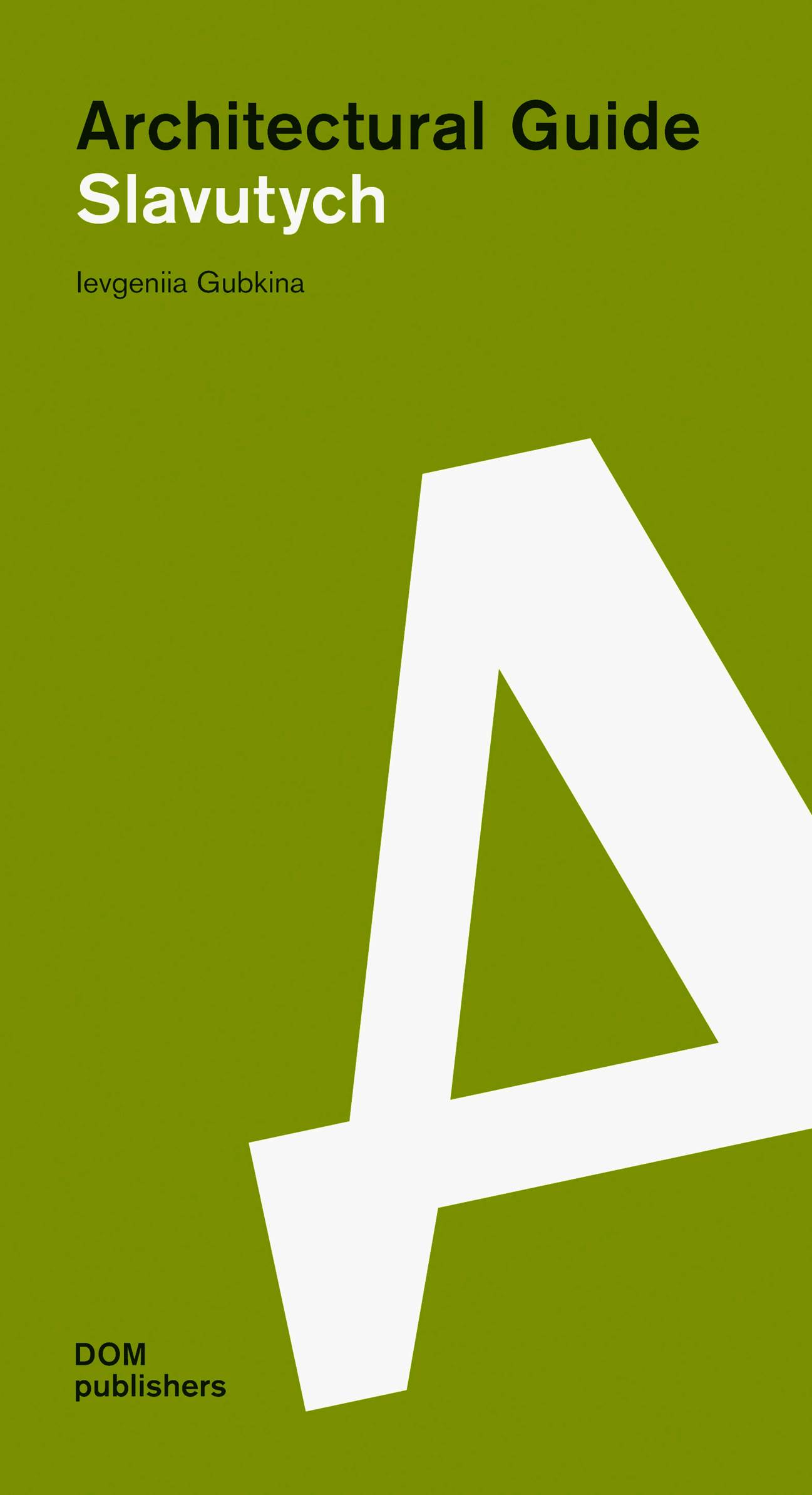Press information
 | Ievgeniia Gubkina Slavutych Archirectural Guide 134 × 245 mm, 200 pages 290 images, softcover 978-3-86922-424-4 (Partly Russian and Ukrainian) EUR 28,00 / CHF 34,80 October 2015. DOM publishers, Berlin |
New from DOM publishers:
Ievgeniia Gubkina
Architectural Guide Slavutych
The small city of Slavutych in Ukraine owes its existence to the Chernobyl nuclear disaster almost thirty years ago. Built from 1986 in record time as a replacement for the contaminated dwellings of power plant workers, Slavutych is the last ideal planned city of the Soviet Union. Created by architects of differing origins, it became the manifestation of the Soviet people’s friendship – which is what makes Slavutych, in times of political crisis in Eastern Europe, highly topical today.
In addition to the documentation on individual buildings and each city quarter, the Architectural Guide Slavutych provides a critical analysis of this unique example of late Soviet architecture and urban planning. The youngest city of the Soviet Union – and not only in relation to its foundation, since the average age of the inhabitants is thirty-seven – was constructed within two years. The changing political climate of the perestroika era also brought with it a change regarding architecture: there was more creative freedom and an increasing orientation towards western architecture, as well as a departure from monotonous and featureless satellite cities. The result was a postmodern city in which regional building traditions and socialist models are reflected to an equal extent. Architects from eight Soviet Republics, such as the Caucasus, the Baltic States and Russia, built the corresponding quarters.
It is also worth noting the attempt of the last generation of Soviet architects to plan an ecologically sustainable city in light of the disaster. This is evident not only in pedestrianised zones, promenades and cycle paths but also in the fact that the city was embedded in the natural landscape and the indigenous pine forests were preserved. Furthermore, the most pleasant, healthy and socially acceptable living conditions possible were to be provided for traumatised victims of the disaster in their new city. Built according to human scale, the concept involved short distances, cultural and leisure offerings and social institutions. A model city was also to emerge here from a humane point of view. The concept seemed to pay off since Slavutych is considered to be among the cities with a comparatively high quality of life.
The Architectural Guide Slavutych appears in three languages: English, Russian and Ukrainian. DOM publishers has set itself the objective of documenting the architecture of all former Soviet republics, while a start has already been made with Astana and Riga.
 |  |  |
| © Yuri Klinkov | © Evgeniy Antonov | © Philipp Meuser |
| View all press images |
The travel guides by DOM publishers are intended for those interested in building culture and are presented in a convenient format. A careful selection of projects and expert proofreading make these books a (lexical) reference work, while background information and a fresh design stimulate imaginary journeys. The series was awarded an Iconic Award 2014 by the German Design Council. For further information see: www.dom-publishers.com



